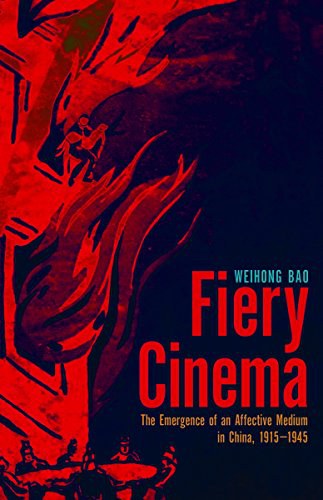
FieryCinema
[ 电影 ]
作者:WeihongBao
1
0
推荐者:百科书库 2023-04-08 14:07:30
本书简介
- 作者:WeihongBao
- 出版社:UniversityofMinnesotaPress
- 副标题:TheEmergenceofanAffectiveMediuminChina,1915–1945
- 出版年:2015-3-15
- 页数:464
- 定价:USD30.00
- 装帧:Paperback
- ISBN:9780816681341
This book explores the dynamic entity that was cinema in modern China. It was not limited to a single media technology, mode of operation, or aesthetic code. Instead, it was an affective medium, a concept introduced by Weihong Bao that describes media as a mediating environment with the power of stirring passions, framing perceptions, and molding experiences.
Fiery Cinema traces the evolution of this affective medium from the early to mid-twentieth century, examining its role in aesthetics, politics, and social institutions. Bao maps the changing identity of cinema in China, taking into account its relationship with Republican-era print media, theatrical performance, radio broadcasting, television, and architecture. She also delves into Chinese media culture and explores its relationship with mechanized warfare, colonial modernity, and the reshaping of the public into consumers, national citizens, and a revolutionary collective subject.
Using transnational media theory and history, Bao highlights the tension and affinity between the vernacular, political modernist, and propagandistic articulations of mass culture in China’s participation in modernity. This study offers a radical rethinking of affect and medium as a key insight into cinema’s relationship with the public sphere and the making of the masses. By focusing on media politics and the forgotten future of cinema, Fiery Cinema contributes to the theory and history of media in a significant way.
作者简介
WeihongBaoisassistantprofessoroffilmandmediaandChinesestudiesattheUniversityofCalifornia,Berkeley.
相关推荐
一部电影的诞生
猫眼娱乐是中国提供创新互联网赋能娱乐创新服务的领先平台,提供以下服务:领先的在线娱乐票务服务平台:猫眼平台是中国最大的在线电影票务服务平台,市场占有率超过60%,仍在不断增长;也是中国排名第二的现场娱 猫眼娱乐/真乐道文化 2023-04-08 12:16:54电影与伦理:被取消的冲突
-编辑推荐-本书探讨电影伦理问题,从《末路狂花》的女性主义角度到《异形》的后人类主义观点,对各种伦理争议进行了分析研究。-内容简介-本书是在后结构主义思想的影响下,探讨电影研究的两个基本维度。第一,电 [英]丽莎·唐宁/[英]莉比·萨克斯顿 2023-04-08 12:18:10光影的来处
2002年,香港中文大学教授卢玮銮开设了“文学与影像比读”课程。该课程以被改编为影视作品的小说并邀请相关的演员、导演、作者为学生演讲并接受访问。这种方式对影像与文学展开了不同角度的探索。本书收录了张国 卢玮銮主编/熊志琴主编/张国荣/伍淑贤/许鞍华/刘以鬯 2023-04-08 12:19:16纪录片创作完全手册(第5版)
《纪录片创作完全手册》是南加大电影学院指定教材,BBC金牌导演的毕生经验总结,畅销全球20年的纪录片人必备指南。本书解读了《帝企鹅日记》《人生七年》等卖座佳片,深度剖析国际通行的制作全流程,内附策划案 [美]迈克尔·拉毕格/MichaelRabiger 2023-04-08 12:20:45© 2023-2025 百科书库. All Rights Reserved.


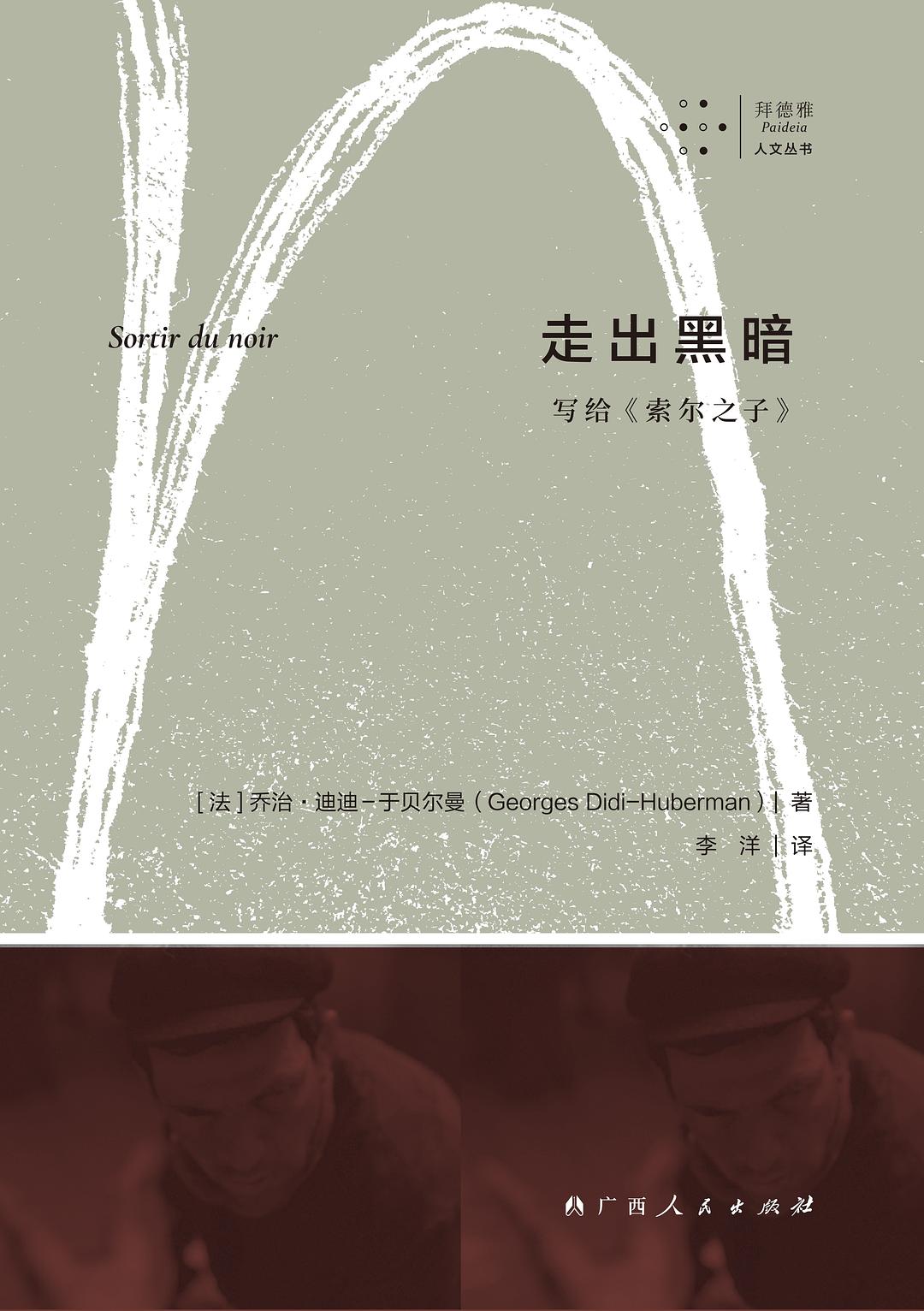
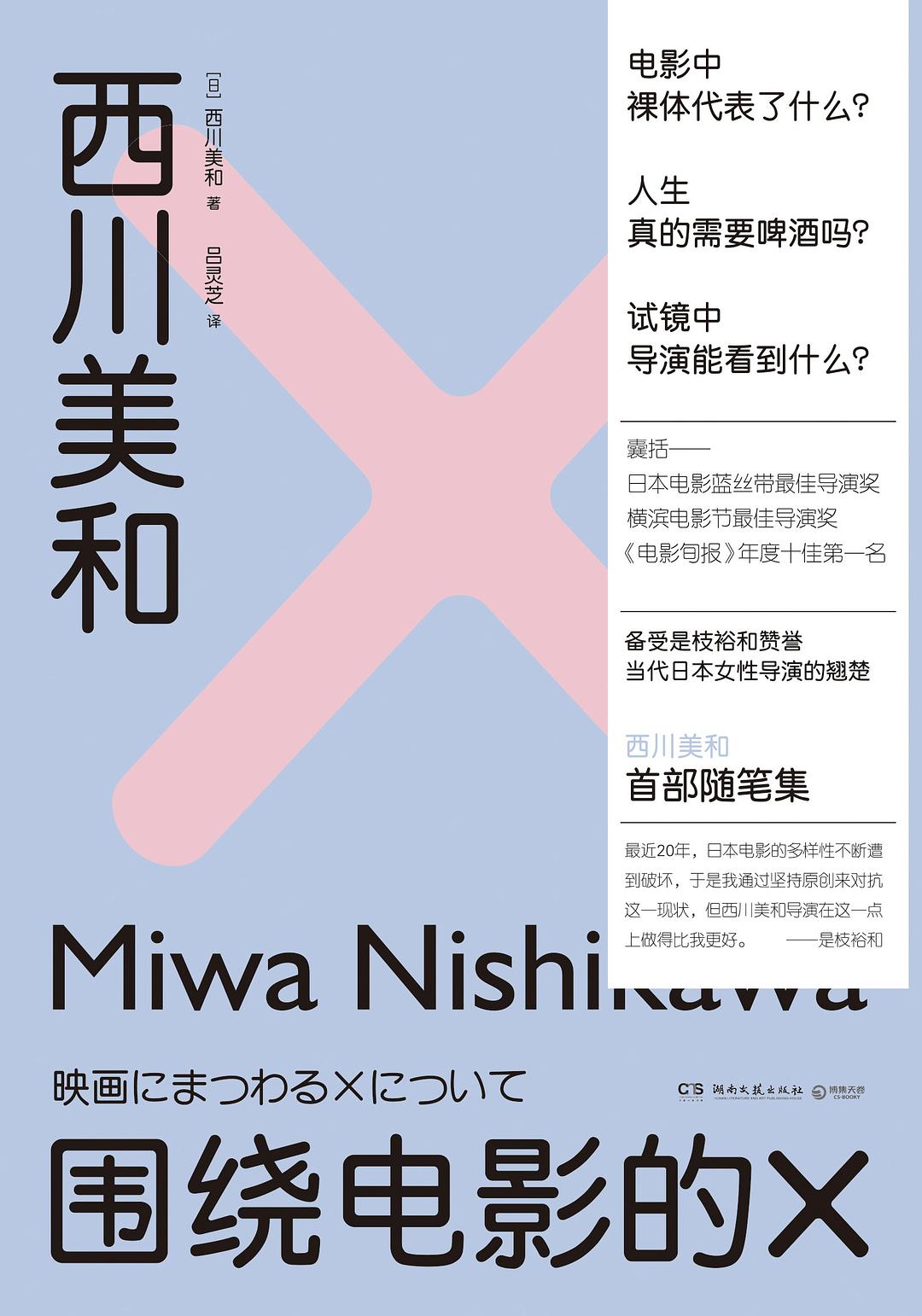
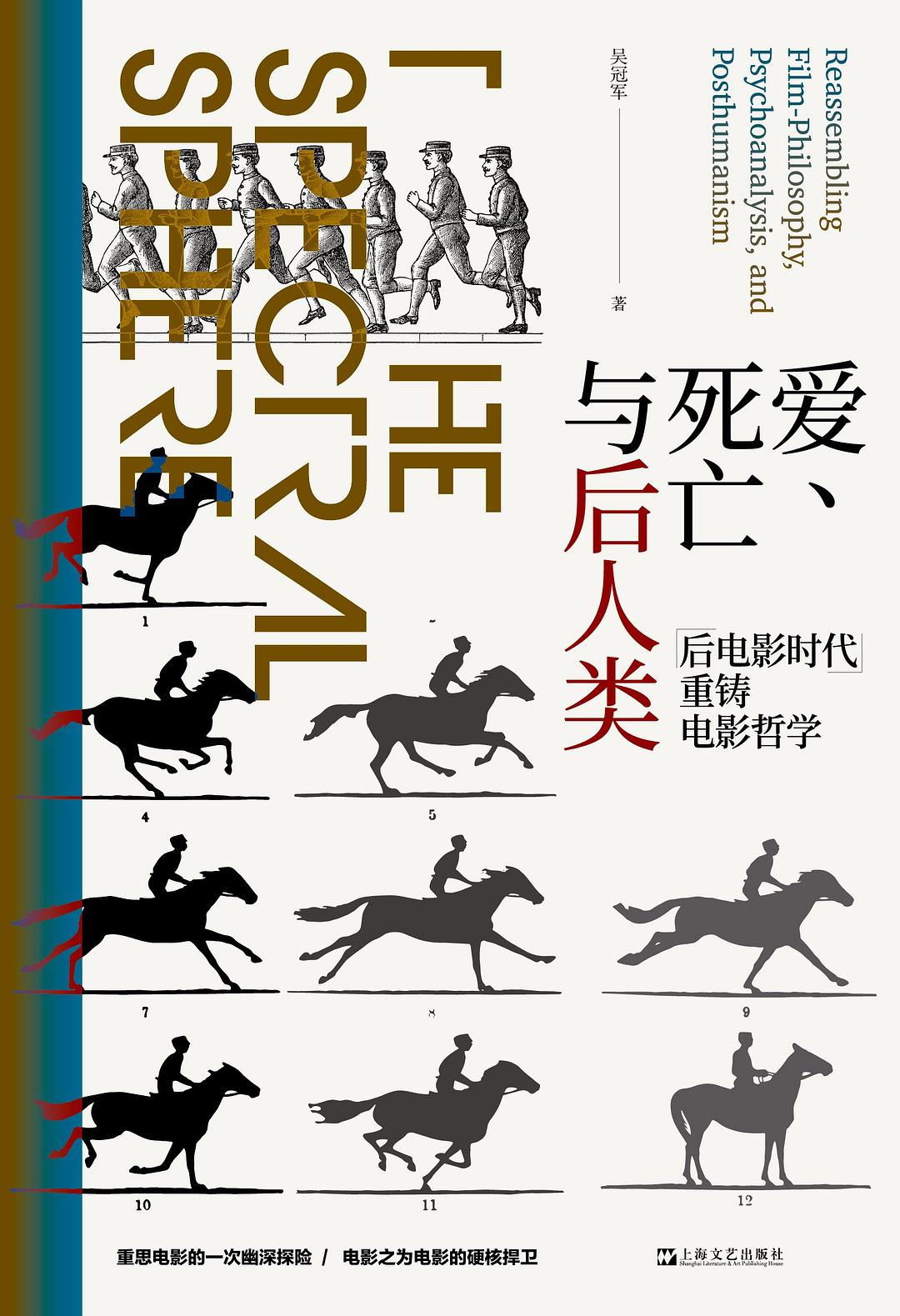
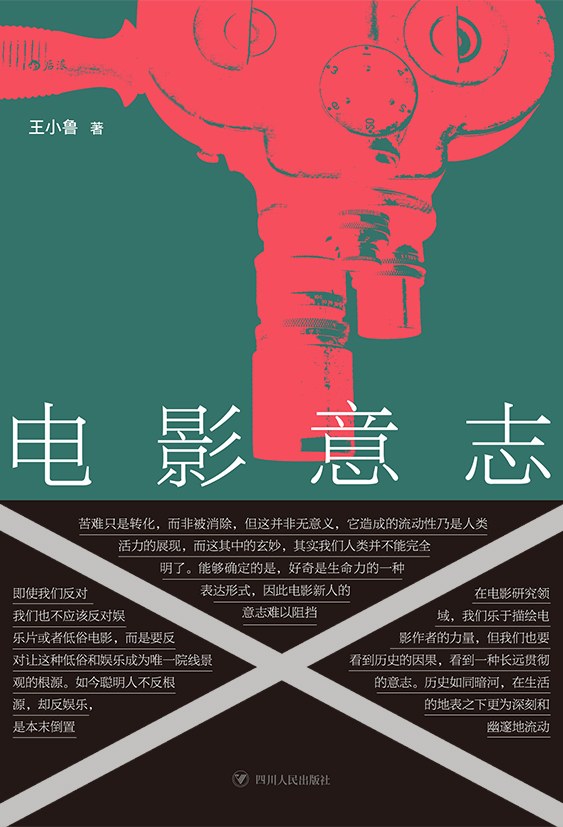

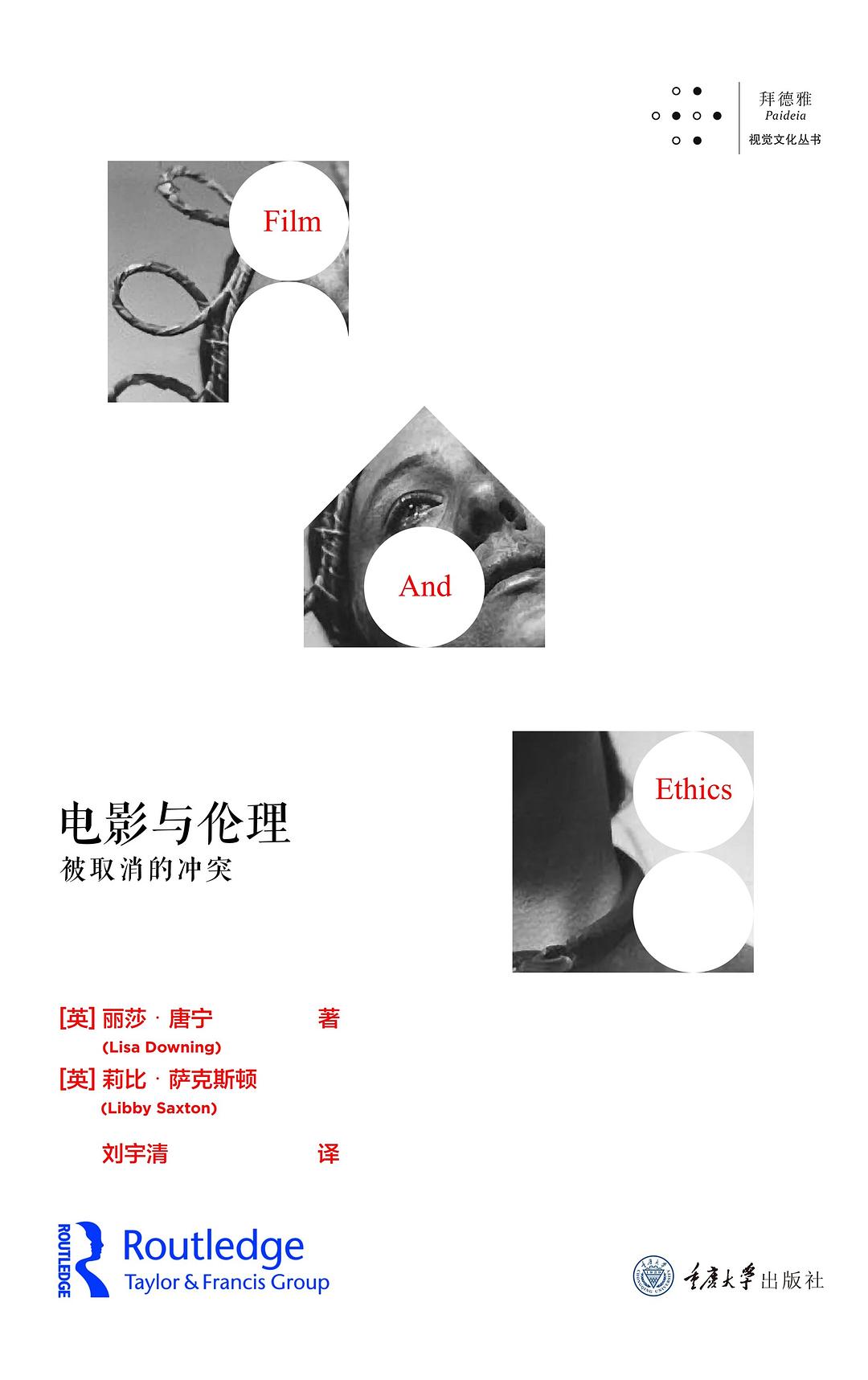
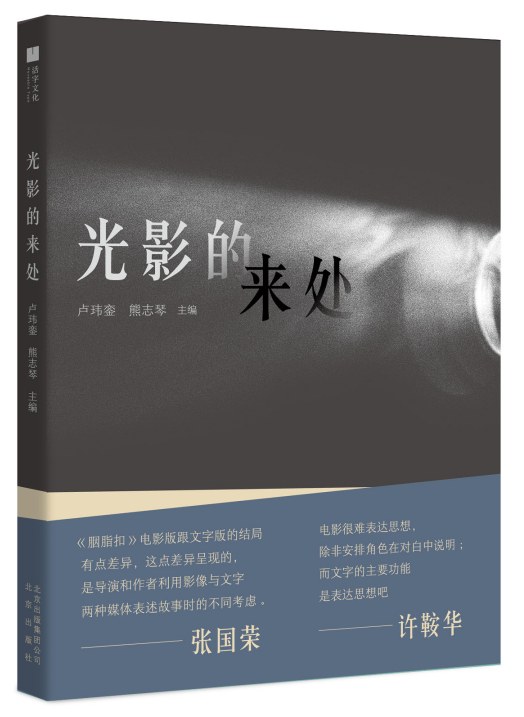
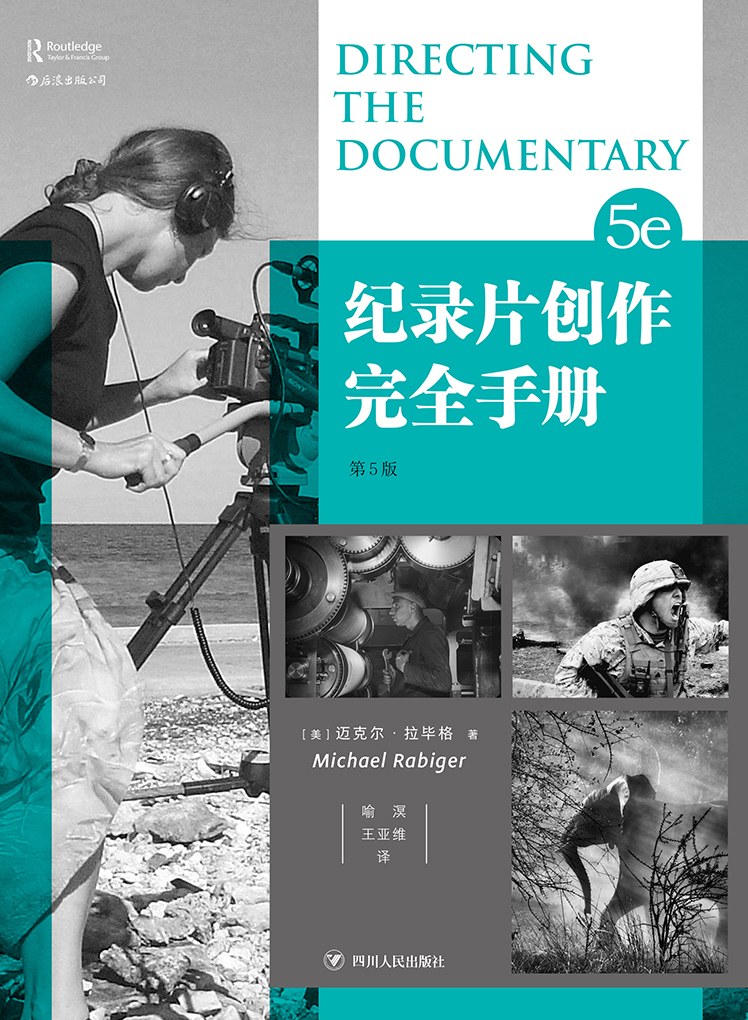
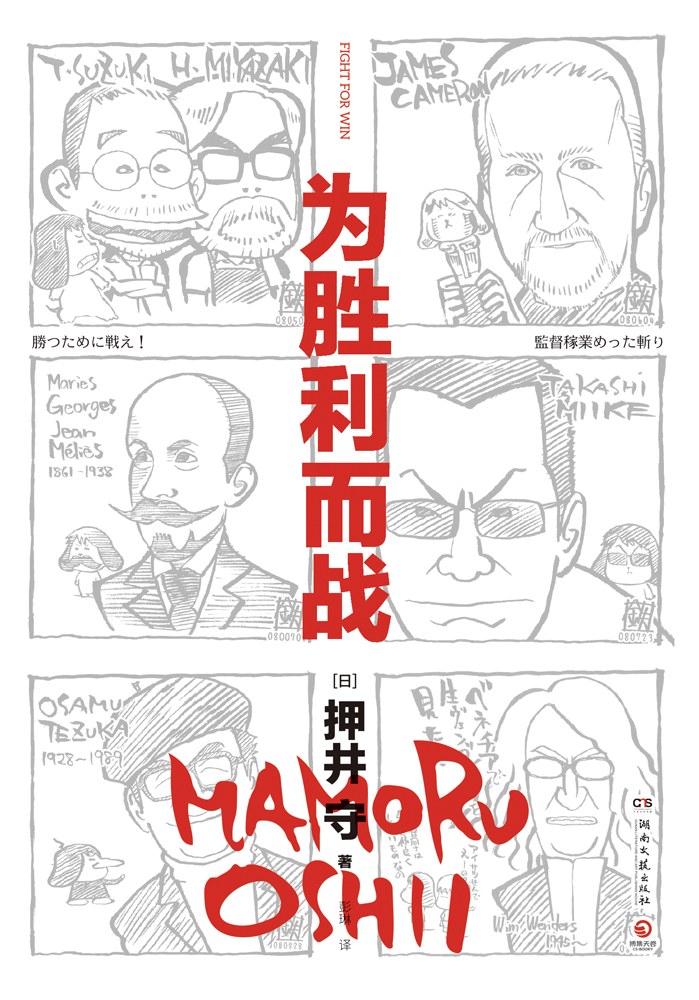
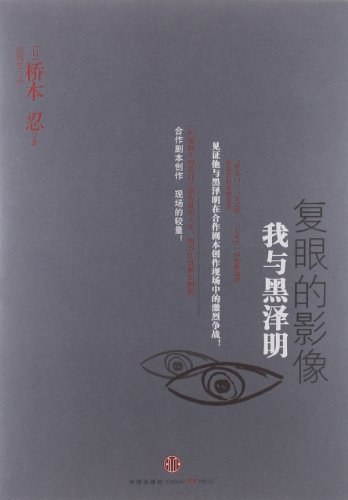
发表评价